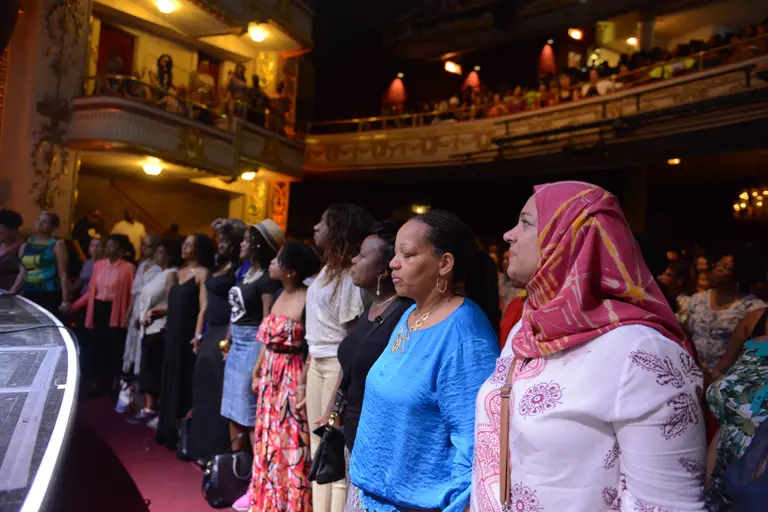
Women from all over the world unite at the Apollo Theater, photo by Shahar Azran, courtesy of the Apollo Theater
11 events to celebrate and commemorate Women’s History Month in NYC
Check out our 11 event picks

Women from all over the world unite at the Apollo Theater, photo by Shahar Azran, courtesy of the Apollo Theater
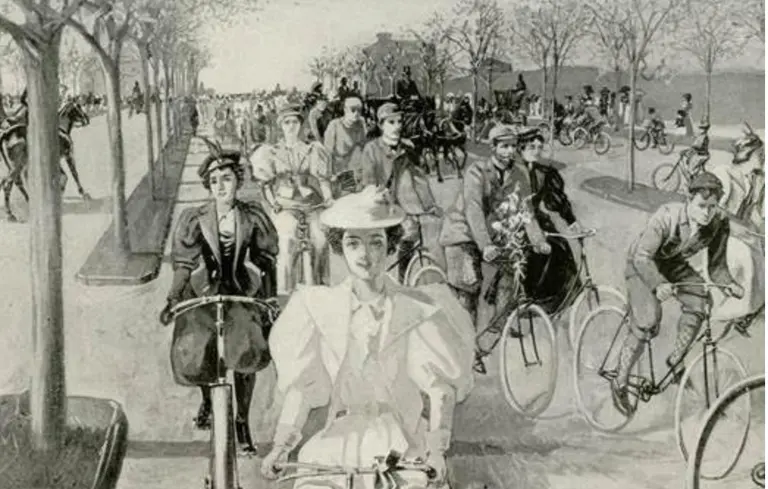
New York Awheel―On the Riverside Drive, Near the Great Monument, Munsey’s Magazine, May 1896, Illustrator: J.M. Gleeson, Private collection courtesy of the Museum of the City of New York
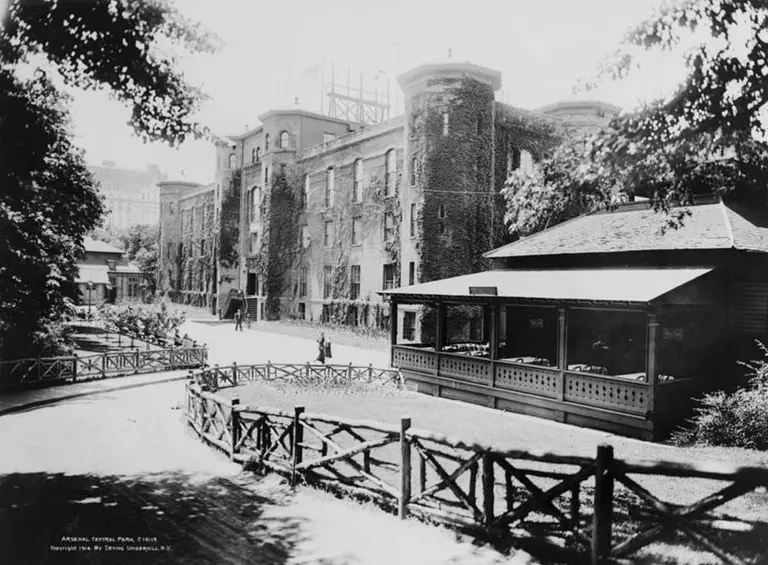
The Arsenal c. 1914, via Library of Congress
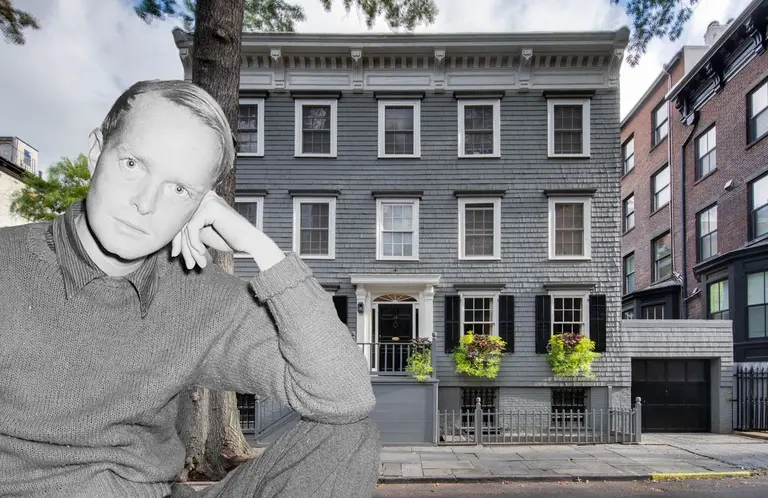
Photo of Truman Capote via Wiki Commons
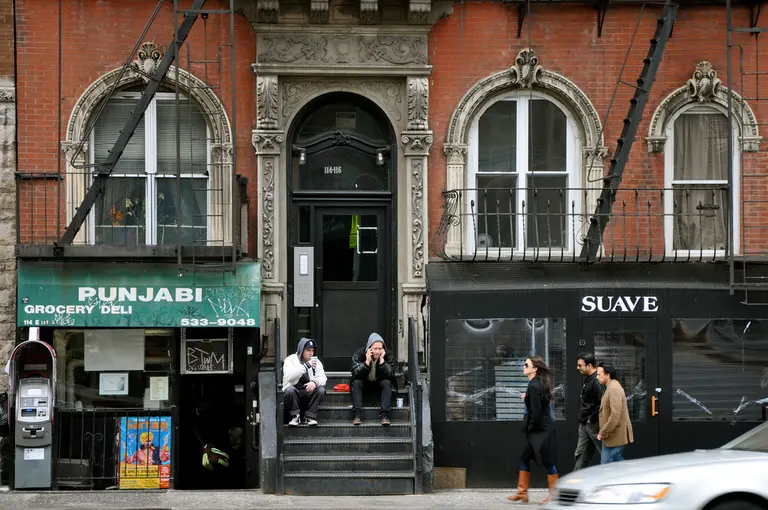
Images: Via Flickr cc (L); Via Wiki Commons (R)
Images: Via Flickr cc (L); Via Wiki Commons (R) These $15 socks were inspired by the Carroll Street subway stop’s “lawn green” and “hunter green” wall tiles. [NYP] Target’s small-format store in Kips Bay is hiring 80 employees ahead of its April 7th opening. [NBC] The East Village’s Punjabi Deli has served as a hangout, rest […]
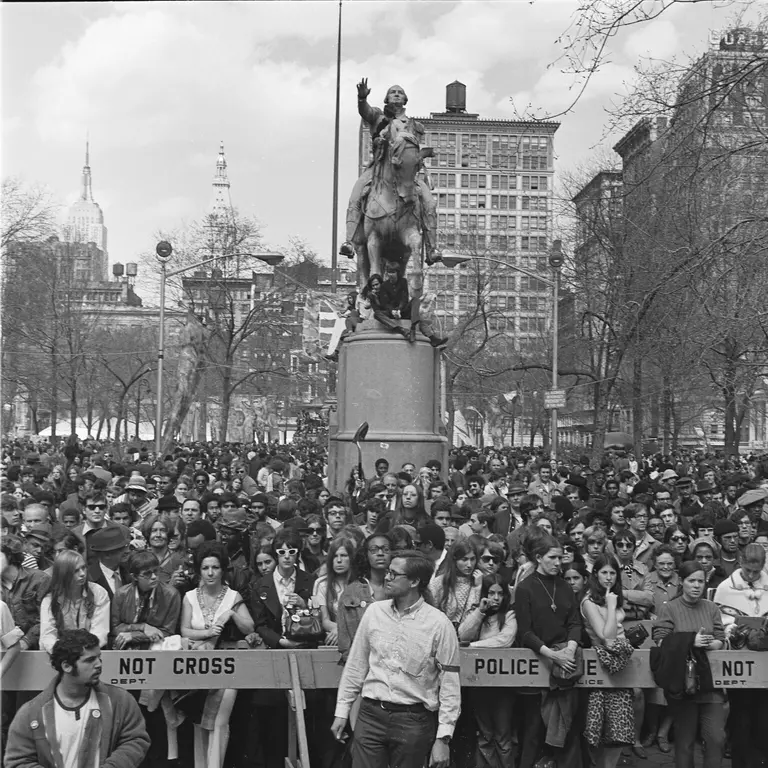
First Earth Day, April 22, 1970. View of crowds in Union Square, NYC Parks Photo Archive, Neg #53262_28. All of the photos in this post are courtesy of the Parks Department.
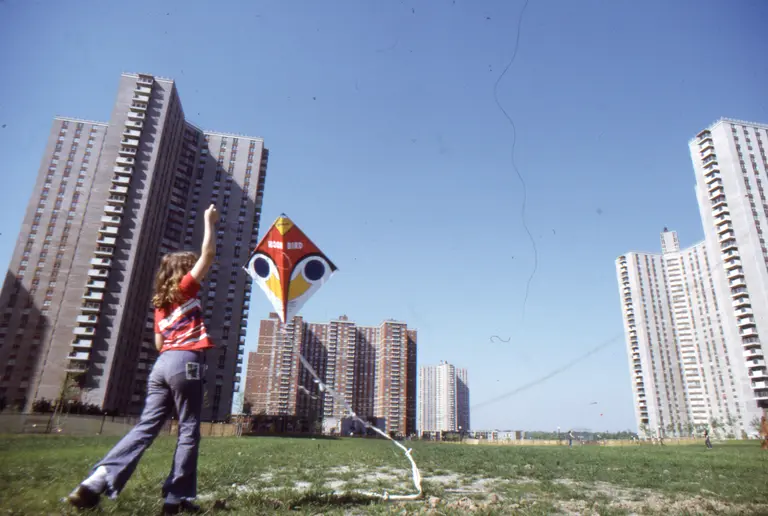
All photos included in this post were taken at Co-op City in the early 1970s and are courtesy of Co-op City
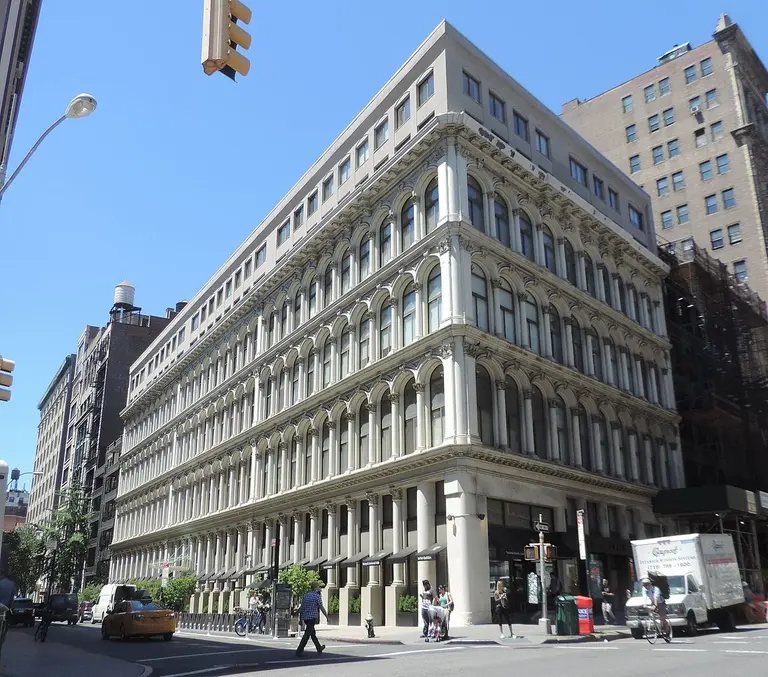
Photo of 801 Broadway by Jim Henderson via Wikimedia Commons
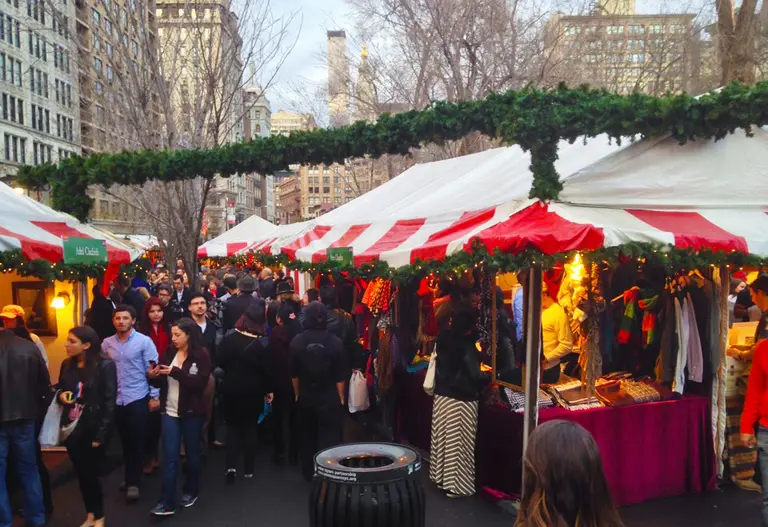
Photo via Flickr cc
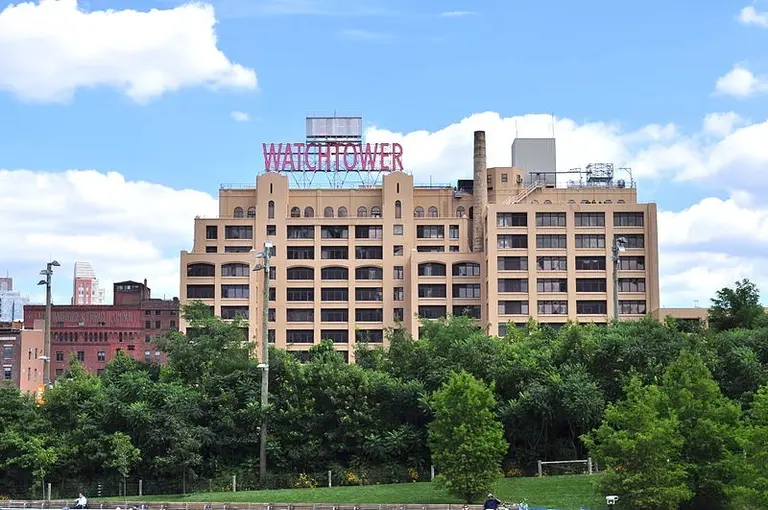
Via Wikimedia
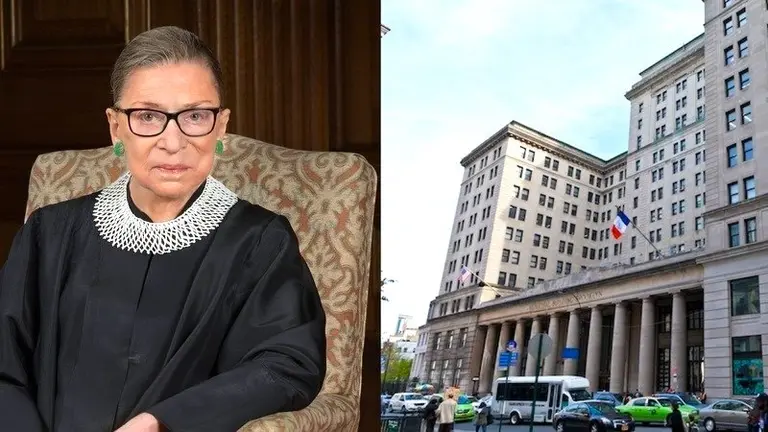
Via Borough President Eric Adams Change.org petition
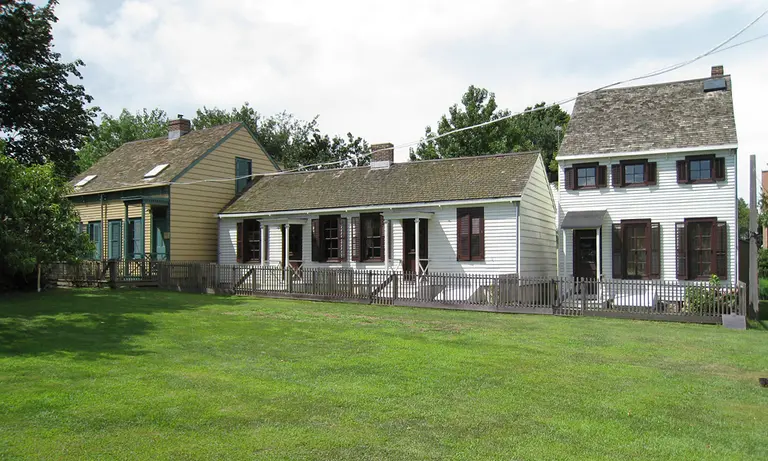
Weeksville’s historic Hunterfly Road Houses via Wiki Commons
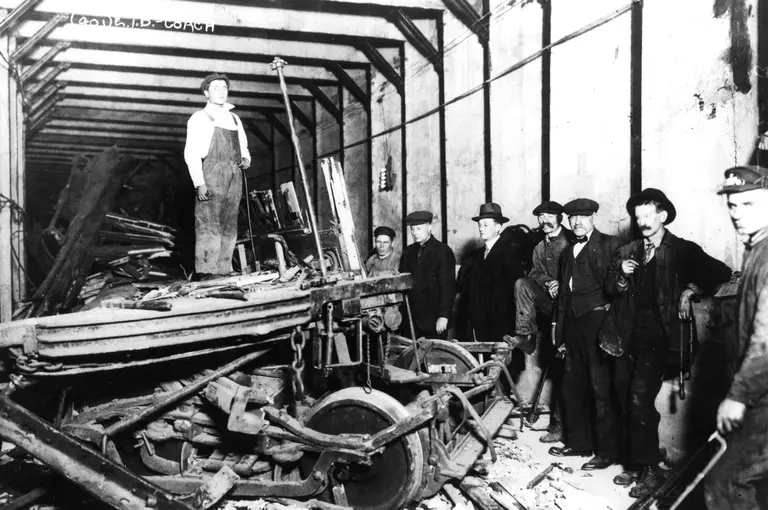
A photo of the Malbone Street Wreck on Nov. 1, 1918, courtesy of the New York Transit Museum (L); Via NYC Ferry (R)
On Nov. 1, 1918, 100 lives were lost when a Brooklyn Rapid Transit employee lost control of a train at the Prospect Park station. The event was so horrific that the name of the street was changed so New Yorkers would not be reminded of it. [NYP] Eight unique ways to celebrate Labor Day weekend in […]
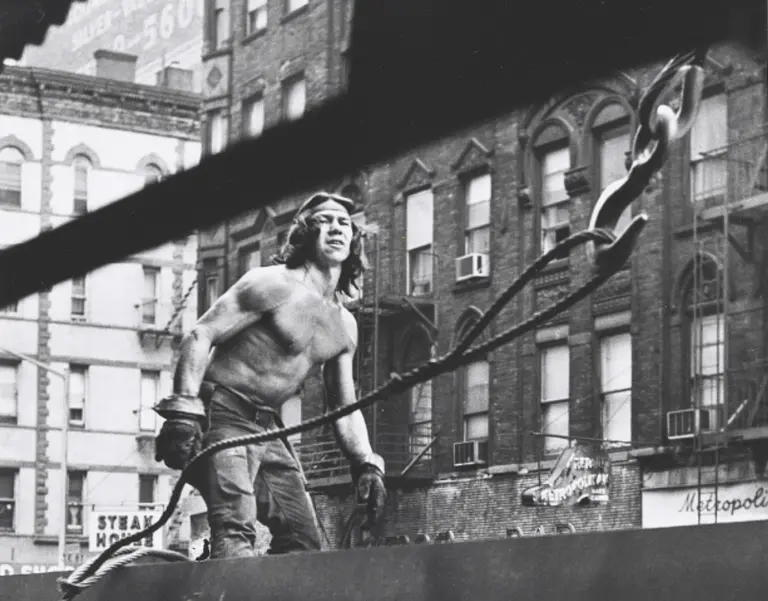
Roger Horne, a Mohawk Ironworker in the Raising Gang, ca. 1970 via the Smithsonian
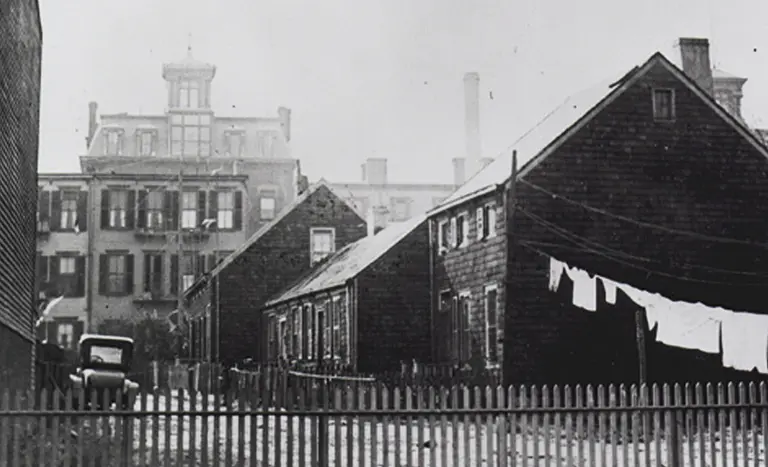
Historic Hunterfly Road Houses via the Brooklyn Historical Society